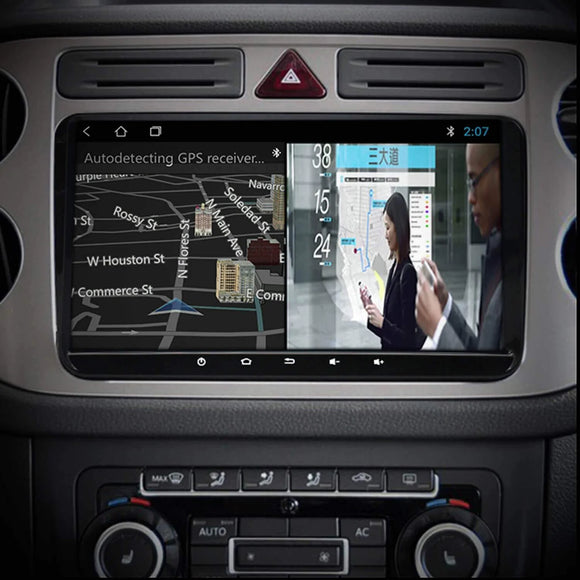
What Should You Know About HD Radio?
Get more information and clarity from your favorite AM/FM stations.Perhaps you've heard of HD Radio and its promise of better quality and additional listening options from local stations. Doesn't it sound cool? But what does this imply for us, the listeners? I hadn't listened to HD Radio in a while, so I figured it was time for a road trip. But first, let's go through the fundamentals.
What is HD Radio?
Broadcasters can use HD Radio technology to send a high-quality digital signal across classic AM and FM channels. The advantages for listeners who have a car radio with an HD Radio tuner are as follows:There are no subscription costs (as in free!!).There is no need for a smartphone (and hence no data use).There will be no more static, pops, crackles, or fades.FM radio with sound quality comparable to CD.AM radio that sounds as nice as FM radio.Information such as station ID, song and artist titles, weather, traffic, and emergency warnings were shown.Station provides more listening possibilities.
head units for automobile stereos
We stock vehicle stereos with built-in HD Radio tuners from a variety of manufacturers.There will be no more static, pops, crackles, or fades...and no monthly fees.The digital signal is less prone to reception issues. Static, pops, hisses, and fades produced by interference are eliminated by the radio tuner's digital processors. You only hear clear, clean, and rich audio. If you lose the digital signal for whatever reason (obstructed terrain, approaching the broadcast area's edge, etc.), HD Radio technology switches back to analog mode, similar to how non-HD Radio receivers move from stereo to mono mode when getting a poor signal. HD Radio, like analog radio, is free to listen to.
FM radio with sound comparable to that of a CD
A radio station can send more information in the same radio wave thanks to digital technology. This mostly implies better sound quality. So much so that FM transmissions may sound nearly as nice as CDs and far superior to the empty sounds of old analog FM. How much better the music sounds depends on your local stations and radio equipment.
AM radio with the same quality as FM stereo
AM radio consumes less bandwidth than FM radio. HD Radio does not have the bandwidth to provide AM stations with the same CD-quality signal as FM stations. However, there is enough space to provide AM broadcasts with clarity comparable to present analog FM stereo radio. This improvement in sound quality makes AM radio a viable alternative to FM, giving listeners additional alternatives.
A difference that you can really hear
I asked Alexis, our social media guru, if she wanted to go for a drive and listen to our local HD Radio stations while eating a great drive-in burger. So we looked for HD Radio stations in town, programmed them into my radio's settings, then drove out of town.I definitely noticed a huge difference in sound as we listened to several of the local stations in HD as two individuals travelling in a car. Unlike streaming and satellite radio, HD broadcasts do not suffer from audio compression. Alexis was experiencing HD Radio for the first time. She also noticed an astounding change in sound; HD Radio stations had a richer tone with stronger bass.
Information is displayed on HD Radio.
HD Radio gives far more display information than regular radio.Additional information is being provided.Another advantage of digital radio is the ability of radio stations to deliver other information alongside the music transmission. When the station provides it, compatible receivers can display album art, logos, and other information. Local and regional information, such as weather updates, emergency alerts, or even traffic congestion and road construction, might be broadcast from stations. Traffic data is sent up to ten times quicker than using traditional broadcast methods.
In addition to replicating their analog content with an HD Radio broadcast, stations can divide their digital signal into "sub channels." This enables a station to "multicast" – that is, to broadcast two or more programs at the same time. Listeners may be given the option of listening to a sports game or music. These additional channels are only available with an HD Radio tuner. However, much as cable TV enabled specialized networks to thrive, multicasting allows stations to provide more specialist programming, ultimately providing listeners with a wider range of formats to select from.


